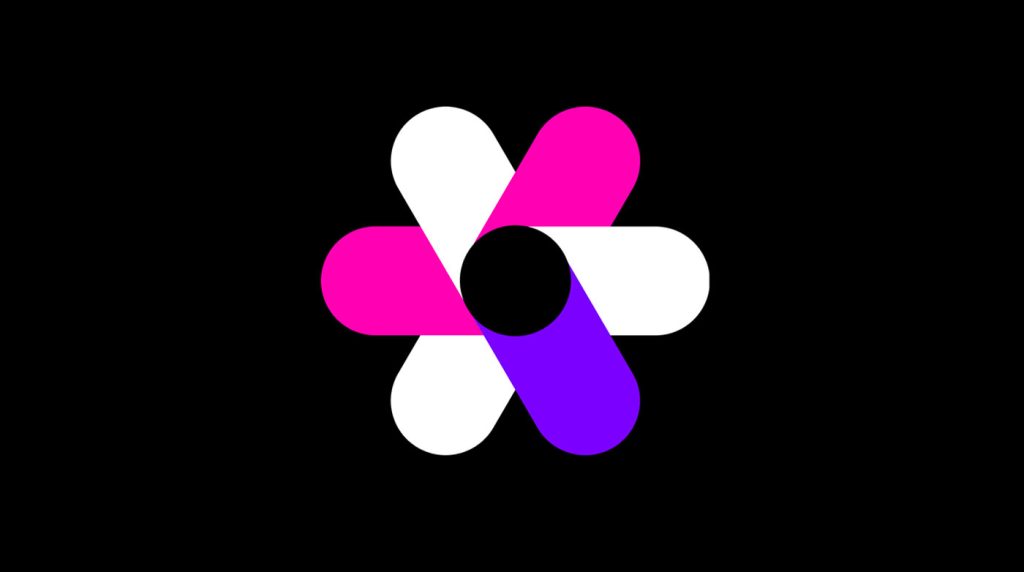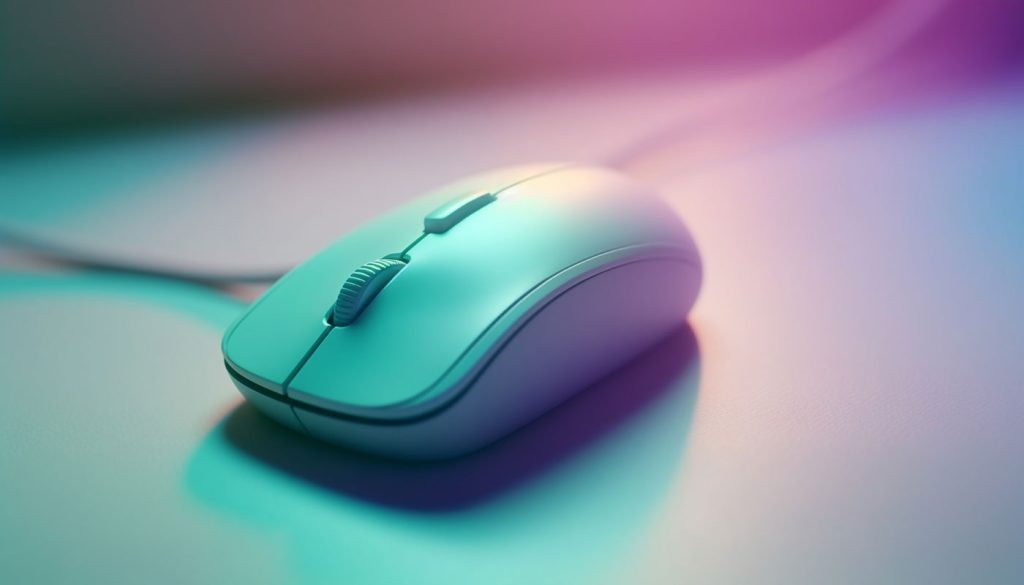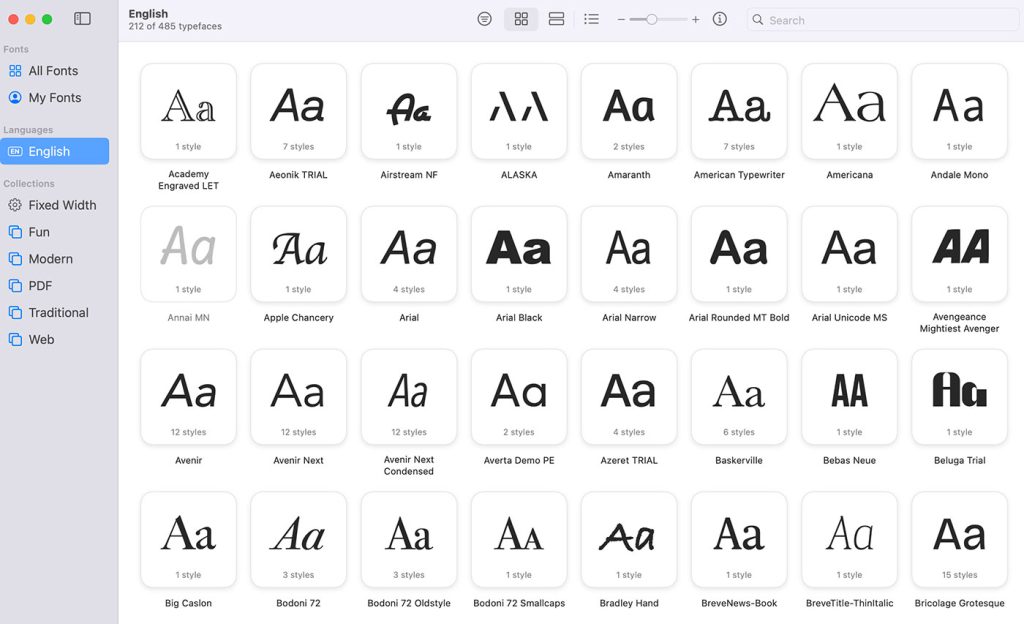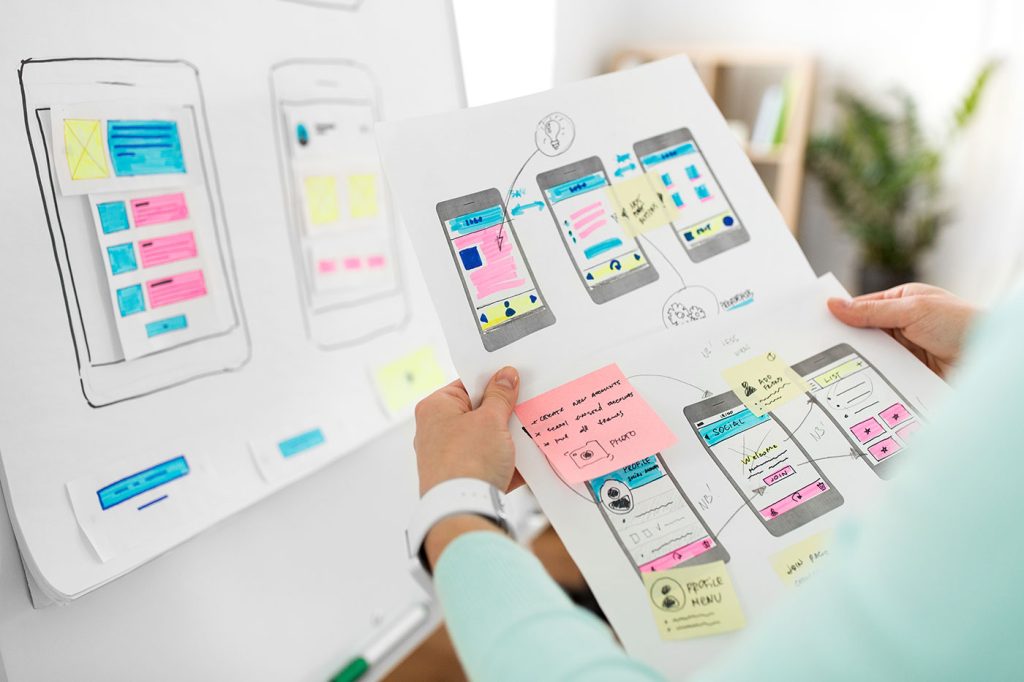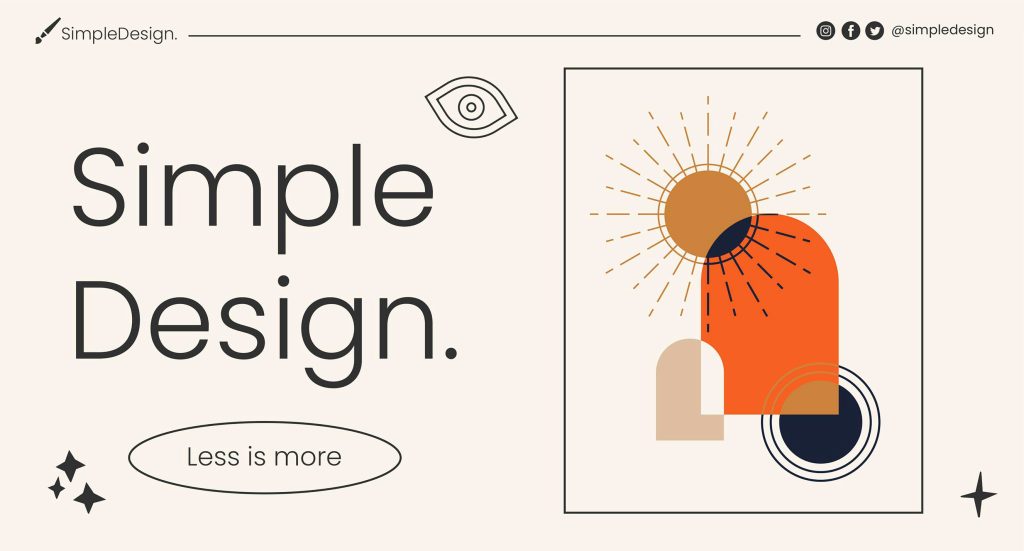Every year, the UX Collective dives deep into what’s shaping the design world, and their 2025 State of UX report is out.
Spoiler alert: it’s a mix of exciting tech breakthroughs and some hard truths about where our industry is headed. If you’re wondering how AI, design tools, and shifting priorities are changing the game, here’s what you need to know.
The Great Design Handoff: Humans vs. Algorithms?
Design is no longer just about sketching out wireframes or crafting pixel-perfect mockups. A massive shift is happening: control is moving from designers to algorithms, automated tools, and, yes, business stakeholders.
Tools like Figma and Canva are doing more than just speeding things up—they’re changing how we define “designing.”
As AI-powered tools get smarter, they’re taking over tasks like creating layouts or optimizing experiences. While this frees us up for more creative work, it also begs the question: are we okay with giving up some of the artistry in favor of efficiency?

Clicks Over Clarity: The Business of UX
Let’s talk about something uncomfortable: UX is becoming less about the “user” and more about hitting business KPIs. Growth teams are using design systems to focus on maximizing engagement—clicks, sign-ups, conversions. Sounds great on paper, right? But at what cost?
The report warns that this metric-driven approach risks turning UX into a numbers game, where clarity and user satisfaction take a backseat. Ever felt frustrated by an endless pop-up or confusing navigation? Yep, that’s what happens when growth trumps good design.
AI: Friend, Foe, or Frenemy?
AI is everywhere, and it’s rewriting the rules of UX. Personalization is becoming hyper-specific, automated A/B tests are a breeze, and data-driven decisions are ruling the roost. But here’s the flip side: the more we rely on AI, the less room there is for human intuition and empathy.
The report urges us to keep a balance. Sure, let AI handle the grunt work, but let’s not forget the importance of crafting designs that feel genuinely human. Machines might know what works, but they don’t understand why it works—or how it makes someone feel.
What This Means for Designers
So, where does all of this leave us as designers? The report encourages us to adapt—and fast. Want to stay ahead? Think beyond the pixels. Lean into strategy, leadership, user psychology, and accessibility.
There’s also a big push to double down on creativity. While AI might be able to generate layouts, it can’t replace the depth of storytelling or the finesse of thoughtful design. This is where we can shine.
Looking Ahead
The 2025 UX landscape is challenging us to redefine what it means to be a designer. Whether it’s embracing new tools, fighting for user-centric principles, or stepping into leadership roles, there’s plenty of opportunity to grow.
The big takeaway? Designers still matter—maybe now more than ever. But we have to evolve, stay curious, and never lose sight of what makes our work impactful: designing for people, not just metrics.
